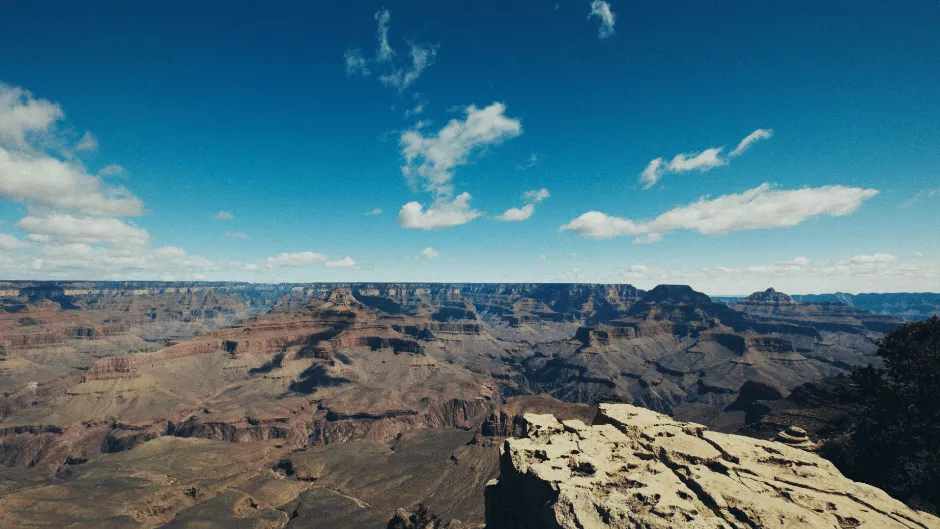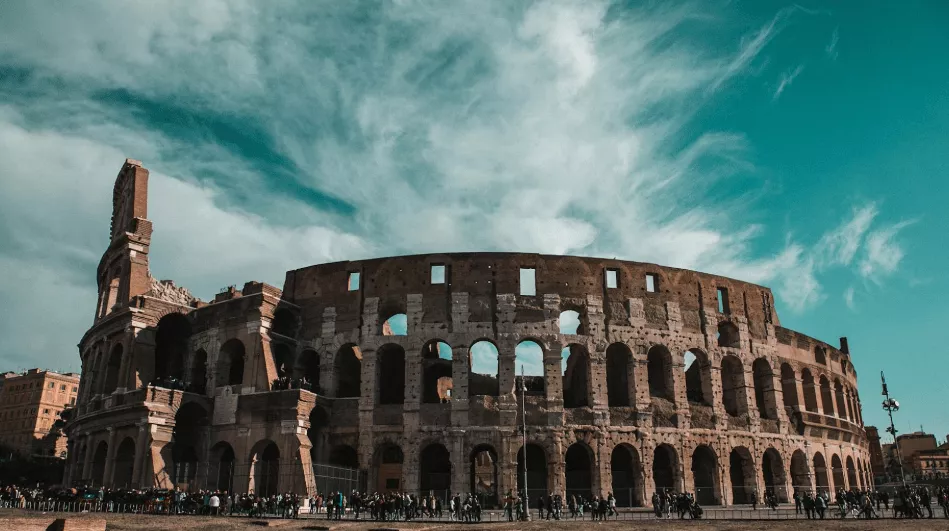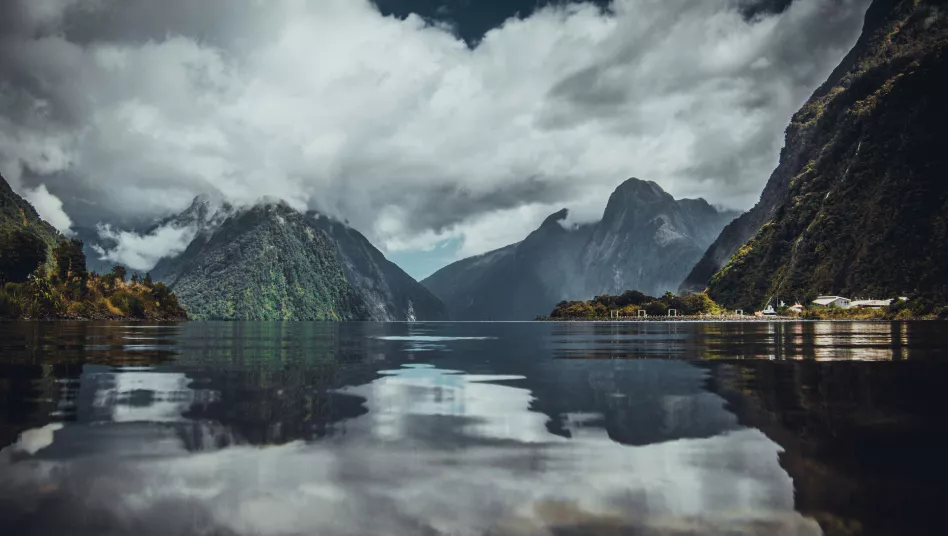Among the most well-known places on Earth is Grand Canyon National Park, in northern Arizona. The Grand Canyon is a must-visit for anyone interested in the American Southwest, geology, or the environment since it offers great vistas, colorful rock formations, and an interesting geological past.
1. A Geological Marvel
The Grand Canyon shows erosion and the passage of time. Over millions of years, the Colorado River carved the 277-mile-long, 18-mile-wide, and more than a mile-deep canyon. Over two billion years old, layers of granite in the Grand Canyon offer a fascinating glimpse into Earth’s history. The park is a geological playground and teaches guests about the processes that created this great area.
Significant Geological Features:
- The highest stratum of the canyon, White Permian limestone, is known as Kaibab Limestone.
- Buried deep inside the canyon is the Vishnu Schist, a fragment of granite 1.7 billion years old that offers knowledge of the early geology of our planet.

2. Stunning Views and Scenic Overlooks
None come close to the vistas the Grand Canyon provides. Visitors may see the changing light and shadow at sunrise and sunset as the canyon’s rocky layers are drenched in a variety of hues ranging from gentle pinks and purples to fiery reds and oranges.
popular panoramic views:
- Mather Point, which is only a short distance from Grand Canyon Village, is a well-liked view for first-time tourists.
- Yavapai Point offers a view of the Colorado River and the canyon geology in all its splendor.
- The Rim Trail provides a stunning view of the canyon sunset from Hopi Point.
3. Outdoor Activities and Fresh Air
Discovering the Grand Canyon is not only for tourists. From simple walks along the Rim Trail to more demanding backcountry hikes, park visitors of all abilities may discover an appropriate route.
Hikers’ Common Paths:
- At the conclusion of the difficult but rewarding South Kaibab Trail, breathtaking views of the inner canyon and the Colorado River greet you as you descend the canyon.
- Bright Angel Trail—a well-liked park trail—descended to the canyon floor.
- Consider taking a flat stroll around the canyon rim for a more leisurely trip; it provides stunning vistas.
- Rafting down the Colorado River is another amazing Grand Canyon trip. Guided trips let visitors float down the river’s rapids flanked by canyon cliffs.
4. Rich Cultural History
Geologically and culturally, Grand Canyon National Park is really stunning. Having lived there for many years, the Hopi, Navajo, Zuni, and Havasupai people still value the canyon highly. Different displays, like the Hopi House and Grand Canyon Village, highlight the cultural contributions of several tribes to the area.
Since 1901, the Grand Canyon Railway has been transporting guests to the canyon and providing them a look into the history of the park. The Kolb Studio, which also has displays on early photography and canyon exploration, is in a historic structure on the rim of the canyon.
5. Meet Wild Animals
Wildlife abounds in the Grand Canyon. Canyon tourists see many creatures, including the elusive mountain lions and the famous bighorn sheep. Above the vast canyon fly condors, ravens, and peregrine falcons. The park’s California condors and mule deer could show up again.
6. Dark Sky and Stargazing
A Dark Sky Park, Grand Canyon National Park is among the top sites for stargazing in the United States. The pure, dry desert air and low amounts of light pollution make night sky visibility outstanding. Park guests at night can enjoy stunning views of meteor showers, constellations, and stars. Moreover, park rangers’ astronomical activities let you discover the universe.
7. Visiting Times
Visitors may see the Grand Canyon at any time of year, but every visit will be different. Due to the nice weather and the fact that most park facilities are available during this season, the South Rim sees the most tourists in the summer. Early morning or off-season visits can provide a quiet experience, as it usually becomes busy during the day.
The canyon is far more quiet with snow on the walls and few people in the winter. You may expect mild weather and a range of colorful spring and fall flowers and foliage.
Grand Canyon National Park emphasizes preservation and adventure. After all, it’s a UNESCO World Heritage Site. Ongoing efforts to protect endangered species and reduce human influence help to preserve the fragile ecosystem of the canyon and its natural beauty. Thanks to the National Park Service’s diligence, the park’s natural beauty will be enjoyed for many years.
Grand Canyon National Park is not just a destination, but a monumental and moving experience. The Grand Canyon can transform you whether you are climbing its rough trails, appreciating its natural beauty, or just enjoying its stunning views. Every amazing sight emphasizes the beauty of nature at this location where the present and the past meet. The Grand Canyon has captivated millions for years; a visit will reveal why.





